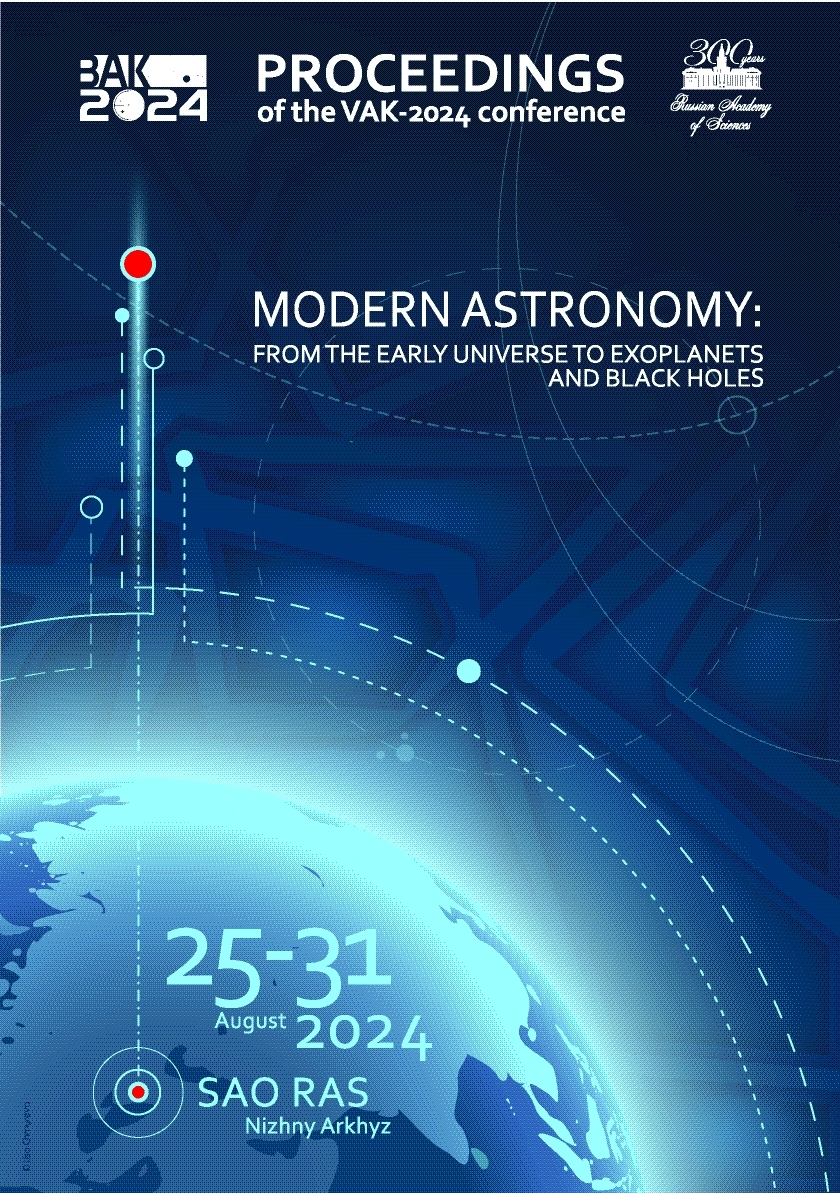UDC 523.982
UDC 52
UDC 53
UDC 520
UDC 521
UDC 523
UDC 524
UDC 52-1
UDC 52-6
CSCSTI 41.21
CSCSTI 41.00
CSCSTI 29.35
CSCSTI 29.31
CSCSTI 29.33
CSCSTI 29.27
CSCSTI 29.05
Russian Classification of Professions by Education 03.06.01
Russian Classification of Professions by Education 03.05.01
Russian Classification of Professions by Education 03.04.03
Russian Library and Bibliographic Classification 2
Russian Library and Bibliographic Classification 223
Russian Trade and Bibliographic Classification 614
Russian Trade and Bibliographic Classification 6135
BISAC SCI004000 Astronomy
BISAC SCI005000 Physics / Astrophysics
This paper is devoted to the analysis of the energy release of the X1.5-class solar flare that occurred on May 10, 2022, during which the powerful helioseismic response (``sunquake'') was observed. An additional feature is the fact that this powerful sunquake was generated in the NOAA active region 13006 of Hale class $\beta\delta$, whereas earlier it was shown that the strongest helioseismic disturbances are generated in the sunspot groups with the most complex Hale class of $\beta\gamma\delta$. We analyze magnetic fields and photospheric perturbations basing on the Helioseismic and Magnetic Imager (HMI) data. Analysis of the distribution of acoustic sources and photospheric perturbations reveals a ring geometry in the form of a chain of sources roughly corresponding to the geometry of flare ribbons. The photospheric perturbations developed in two regions near the magnetic field polarity inversion line (PIL) and corresponded to two series of hard X-ray bursts seen in the KONUS/WIND data. We extrapolated the coronal magnetic field from the HMI vector magnetograms within the framework of the nonlinear force-free field (NLFFF) approximation. The geometry of the ``dome with a spine'' type was revealed. The regions of the photospheric perturbations approximately corresponded to the base of the dome. In this work we also briefly discuss penumbral decay and the flare dynamics of the observed $\delta$-spot. The data obtained vividly show the local features of the magnetic fields in a relatively morphologically simple active region, where the conditions for the powerful helioseismic response during the solar flare arose. The paper also discusses the morphological properties of the active region with similar properties of the most helioseismically active regions of the 24th cycle.
Sun: sunquakes, solar flares, active regions, magnetic fields, sunspots
1. Hoeksema J.T., Liu Y., Hayashi K., et al., 2014, Solar Physics, 289, 9, p. 3483
2. Kosovichev A.G., Sadykov V.M., Stefan J.T., 2023, Astrophysical Journal, 958, 2, id. 160
3. Kosovichev A.G., 2015, Extraterrestrial Seismology, ed. V. Tong & R. García, p. 306
4. Rudenko G.V. and Myshyakov I.I., 2009, Solar Physics, 257, 2, p. 287
5. Sharykin I.N. and Kosovichev A.G., 2020, Astrophysical Journal, 895, 1, id. 76
6. Scherrer P.H., Schou J., Bush R.I., et al., 2012, Solar Physics, 275, 1-2, p. 207







